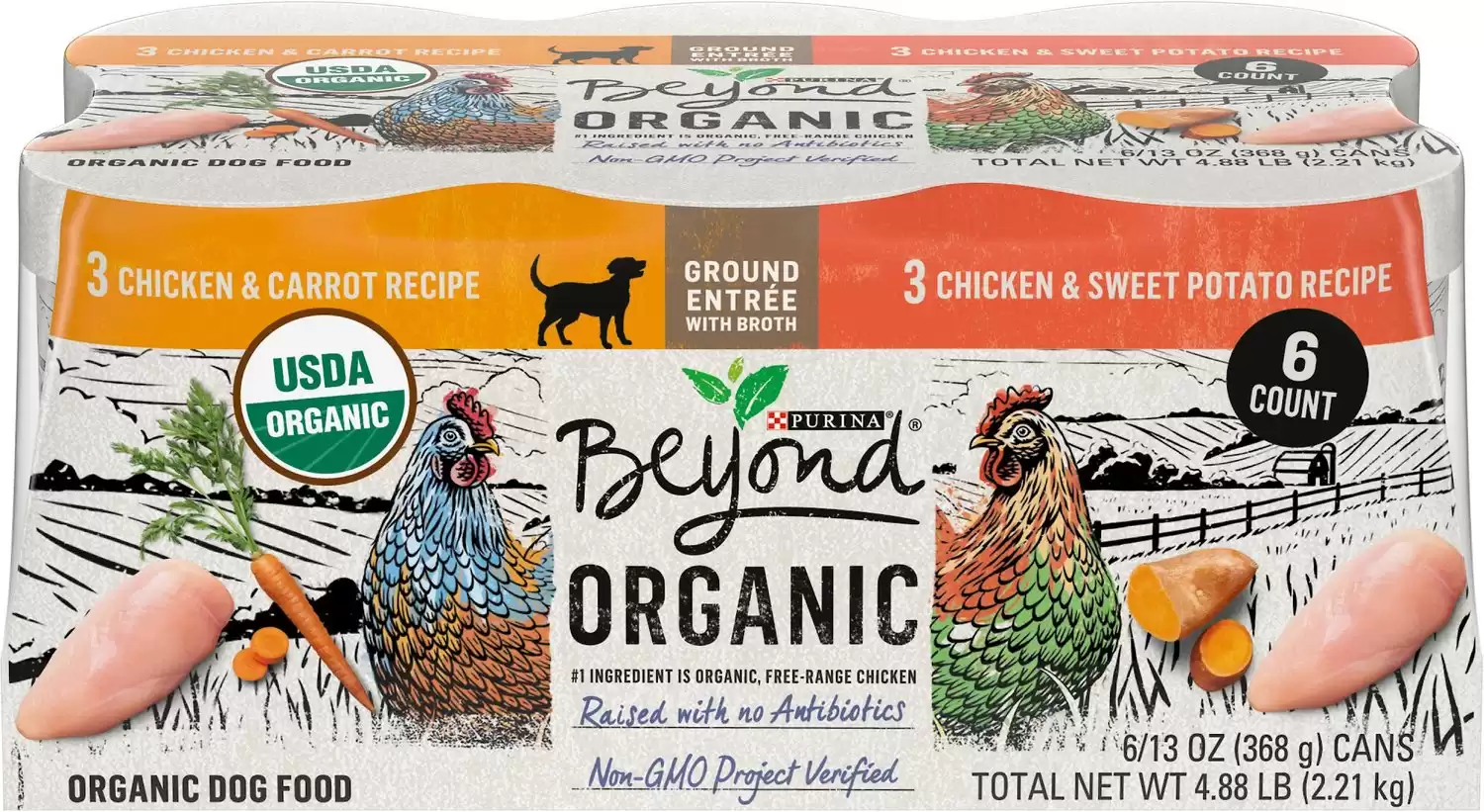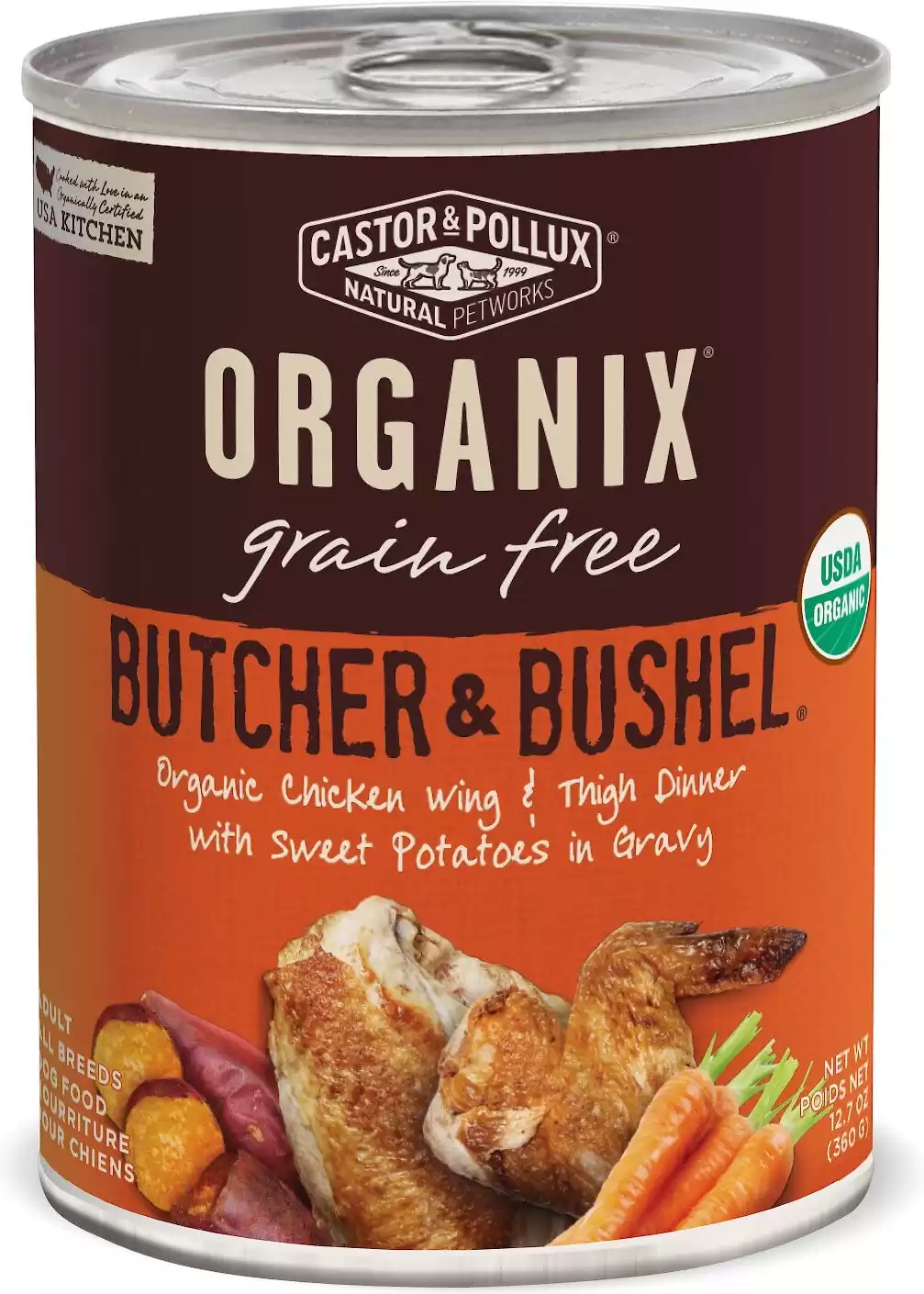You must know that dogs are omnivores. Despite their pronounced canines, they can digest fruits and vegetables just like humans do. However, their digestive systems are a bit different from ours, and so they digest foods differently.
Do you know that most of the fruits we consume contain substances that are highly toxic to dogs? Feeding your dogs with these fruits can lead to long-term health problems and, in extreme cases, even death. On the other hand, dogs need certain fruits, such as raspberries to get nutrients that they lack.
Before offering your favorite fruit salad to your dog, check this list to ensure it is safe.
Fruits That Can Harm Your Dog
Fruits can be wholly or partly toxic, and so can vegetables. You should not feed your dog downright poisonous fruits at all. In fact, avoid snacks or treats flavored with the following poisonous fruits:
Cherries
Cherries are fun to eat, but, unlike humans, dogs don’t remember to spit out the seeds. Cherries contain cyanide in the seeds, leaves, and stems. Don’t feed a dog cherry unless you can take the time to remove all the seeds. Cherries with pits, leaves and/or stems are highly toxic even in low doses. One cherry can cause gastric abnormalities and a stomach upset. Four un-pitted cherries can cause cyanide poisoning, which will lead to death if not quickly resolved. If your dog has fallen in love with this bright red fruit, you may feed them pit-free cherries like maraschino cherries. Although they are no longer at risk of cyanide poisoning, providing them only a few cherries is safer. Maraschino cherries are highly sweetened and processed and contain food coloring, so they are unhealthy for dogs.
Grapes, Raisins, and Currants
Although the exact mechanism is yet to be identified, grapes are extremely toxic to dogs, even in minute quantities. For example, as little as 0.3 ounces of grape per kilogram of body weight will induce symptoms of food poisoning in your dog. Grapes are considered to be highly toxic to dogs due to high levels of flavonoids, tannins, and monosaccharides.
Grapes are very dangerous to all breeds and sizes and may induce acute kidney injury. They may also cause intestinal blockages in smaller species. Keep all dogs away from grapes and grape products like raisins, currants, grape-flavored juices, and jams.
Unripe Tomatoes
Green tomatoes contain a poisonous alkaloid, solanine. This alkaloid is found in the unripe fruit, leaves, and stems. So if you own a tomato garden, you must stay vigilant and make sure your dog eats only the bright red ones. Eating any green parts of a tomato plant will cause tomatine poisoning, a condition considered non lethal but harmful. Dogs should also avoid tomato sauces like the kind used for pizza. They usually contain salt onions, garlic, and other seasonings, which irritate your dog. Lastly, some dogs develop allergies to tomatoes. If it is your first time feeding your pooch a tomato, start with one fruit and wait an hour to see if any reactions occur.
Fruits That Are Safe in Small Quantities
Many fruits are high in sugars that your dog does not need. Others are only safe after the peel and seeds (or pits) have been removed. This list will prevent you from feeding your dog healthy food in an unhealthy manner.
Avocados
Avocados can be a trick or a treat. This delicious and highly nutritious fruit is best enjoyed in bits. The fruit’s leaves, skin, and pit contain a significant amount of persin, a potent fungicidal toxin. The toxic effects of avocado worsen with an increase in the quantity consumed. They range from stomach upset caused by avocados’ high fat content to pancreatitis caused by excess calories, choking on the large avocado seed, myocardial damage, vomiting, and diarrhea. When the flesh consumed in moderation, however, avocados are an excellent source of vitamins and minerals for your dog.
Pumpkins
Pumpkins contain vitamins that are beneficial to dogs eyes and overall wellness. However, dogs can’t digest raw pumpkins. The best way to serve this delicious and healthy food is to peel and cook it first. It is safe to feed a dog pumpkin straight from the can once you have confirmed that the pumpkin is organically grown. Avoid pumpkin pies and other pumpkin meals loaded with spices and ingredients.
Ripe Tomatoes
We mentioned that unripe tomatoes are bad for dogs, but even ripe tomatoes require a second look. A few ripe tomatoes won’t hurt your furry baby, but stick to only a few fruits a day. Too many tomatoes will give your dog some intestinal trouble.
Peaches and Apples
They are rich in vitamins and minerals, and they can effectively boost your pet’s immune system. This makes them a great treat for both pets and humans. However, just like cherries, peach pits and apple seeds contain lethal doses of cyanide that can poison a human or animal. Pick out the core and slice up the fruit into quarters before feeding your dog. Peaches also have a lot of monosaccharides (a type of naturally occurring sugar). So limit your dog’s intake to two or three slices a day to prevent stomach discomfort.
What Is the Most Toxic Fruit for Dogs?
Of the fruits mentioned above, the pits and rinds of cherries and peaches contain the most potent and lethal poison. It is not enough to take out the seeds before feeding. You must ensure that the seeds are disposed of in a dog-free zone.
If a curious dog follows the aroma of cherries, it may find itself a pile of cherry seeds to munch on. While cherries are tasty and healthy, their seeds are the exact opposite. You can protect your dogs by carefully sealing cherry seeds in a dog-proof container before disposing of them and staying vigilant.
What Do I Do if My Dog Eats Something Toxic?
Even the best pet parents make mistakes sometimes. Don’t fret or panic. First, identify the toxin and take it away from your dog’s environment.
If you think your dog ate something harmful but can’t find the item, you need to determine how long ago it was consumed. The sooner it was swallowed, the better.
Call your veterinarian immediately if you’re not sure how long it has been or can’t tell how much of the toxin your pet ate. While he arrives, try the following:
- Try to induce vomiting: with your vet’s go-ahead, you may try making your dog vomit the poison. Instead of sticking your fingers down your dog’s throat and further irritating his bowel, prepare a 3% hydrogen peroxide solution by mixing 3ml of hydrogen peroxide in 100ml of water.
- Administer activated charcoal: ask your vet if you can prepare activated charcoal if you can’t make it to the nearest care center. Activated charcoal binds with toxins and coats them so that they do not cause any harmful effects.
If you can’t reach a vet, contact the Animal Poison Control Center at (888) 426-4435. They offer a 24/7 consultation service, and they respond swiftly to emergencies.
How Do I Stop My Dog From Eating Poisonous Fruits?
Your dog may be at risk if your kids love avocados and cherries. Simply putting these fruits away may not be effective. We know how dogs love to stick their snouts around. These tips can prevent your dog from eating a poisonous fruit.
- Bait training: You can use a toy shaped like a cherry or an apple core to teach your dog not to eat them. Remember to be consistent and vigilant during training.
- Create dog-proof zones: Just as you would teach your dog not to step outside unless accompanied, train them not to enter certain zones like the kitchen or toilets. This protects them from eating discarded food or picking up hair products in the bathroom.
What Are the Symptoms of Food Poisoning in Dogs?
The following are signs that your dog has eaten something harmful:
- Bright red gums or pale gums
- Oral irritations
- Labored breathing,
- Decreased appetite
- Decreased fecal production
- Constipation or diarrhea
- Hunched back
- Agitation
- Tremors
- Nausea and/or vomiting
- Nose bleeds
- Inability to urinate
- Convulsions
- Loss of coordination
- Seizures
Up Next:
Can Dogs Eat Grapes or Not? What Science Says
Are Grapes Poisonous To Dogs Or Cats?
Even “safe” fruits, veggies, and other human foods should only make up 10% of your dog’s diet. The rest should be high-quality dog food. Depending on your dog’s breed, size, age, and general health, we recommend the following…
• Organic dog food made with superfoods
• Free from artificial ingredients
• Multiple flavor and sizing options
• USDA Approved
- Beyond Organic non-GMO dog food pate with free-range chicken
- No prohibited synthetic pesticides or fertilizers
- Added vitamins and minerals and with no artificial colors, flavors or preservatives
- No corn, wheat, soy or poultry by-product meal
•Free-range protein organic wet dog food
•Multiple flavor variations
•USDA approved
•No artificial ingredients
•Human-grade, dehydrated, organic dog food
•Easy use for healthy, happy dog
•Improved energy, shiny coat, healthy joints
The photo featured at the top of this post is © https://junction.cj.com/article/deep-linking-tools-publishers/Shutterstock.com
Ready to discover the top 10 cutest dog breeds in the entire world?
How about the fastest dogs, the largest dogs and those that are -- quite frankly -- just the kindest dogs on the planet? Each day, AZ Animals sends out lists just like this to our thousands of email subscribers. And the best part? It's FREE. Join today by entering your email below.
FAQs (Frequently Asked Questions)
What vegetables are toxic to dogs?
Dogs are omnivores and can digits vegetables, however, they can be poisoned by wild mushrooms, macadamia nuts, pecan nuts, walnuts, garlic, onion, chives, broccoli, rhubarb, and potatoes.
What household items are toxic to dogs?
Most dog parents remember not to feed their pet chocolate but don’t remember to keep their dog’s snout out of their coffee mug. Caffeine is one typical drink found in almost every household. Whether it is a can of coke or a cup of latte, don’t share it with your dog.
Thank you for reading! Have some feedback for us? Contact the AZ Animals editorial team.











